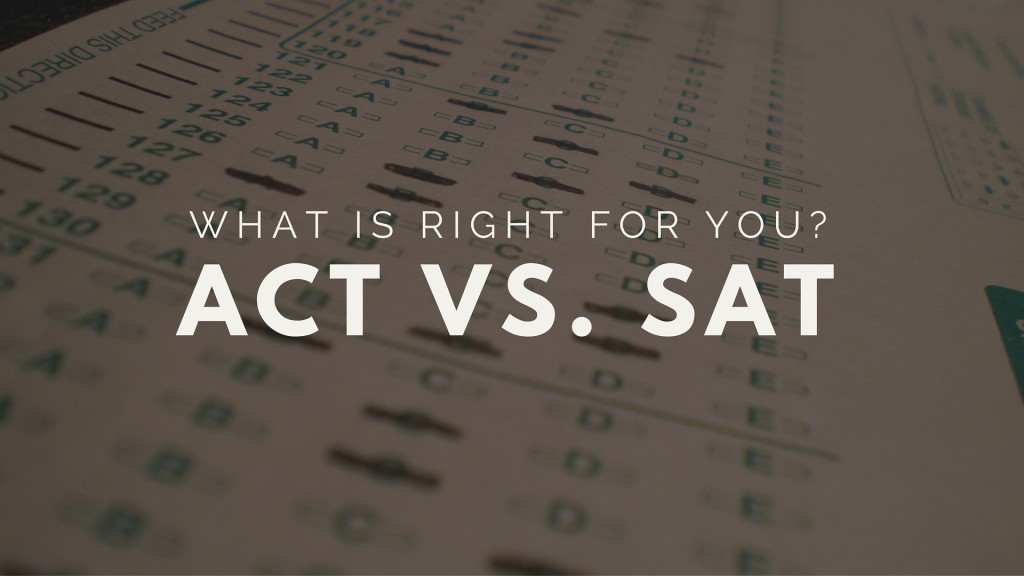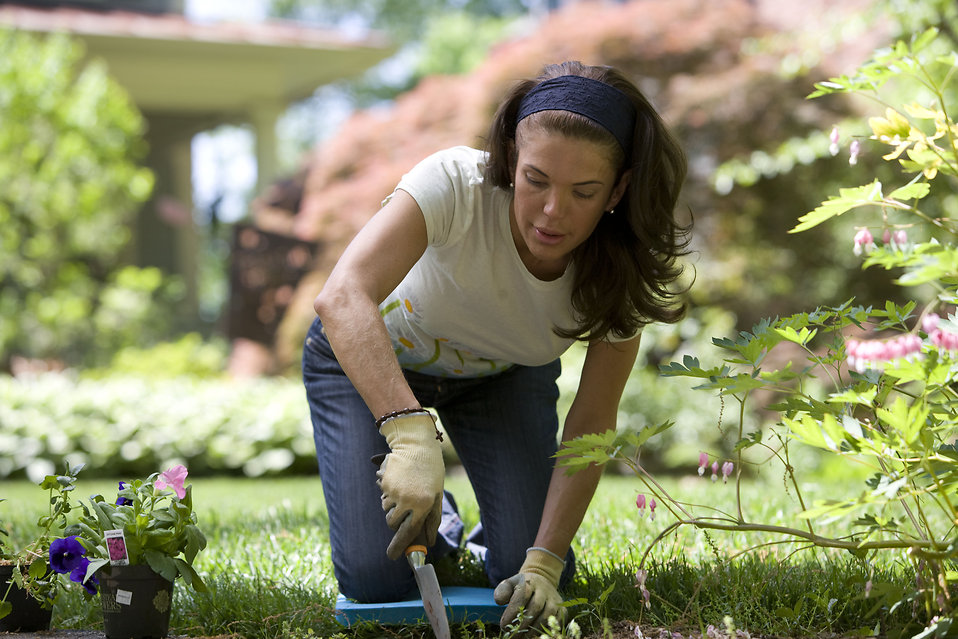1.Growing season
Knowing how long your growing season is can make all the difference. Pay attention to when the last frost in spring is and when the first frost of the fall will be. This will help you plan which plants to grow altogether. If the growing season is not long enough, some plants will not be able to grow at all.
2.Deadheading
Deadheading, or pruning, wilted or spent flowers will tell the plant to create more flowers. Additionally, it can tell that plant to devote more energies to certain aspects such as root growth. By clipping the dead flowers, you are giving the plant new life.
3.Eight Hours Direct Sunlight
Vegetables need 8 full hours of sunlight each day. Make sure to look for the sunniest areas within your garden to plant vegetables so you can yield the most amount of veggies as possible!
4.Soil Quality
Only use composted, rotted manure that has cured for at the very least 6 months. Manure that is too fresh will actually kill new plants. Rich soil is important for plant growth and plant health. Make sure your soil has enough nutrients to support the plants you are specifically trying to grow.
5.Transporting Container Grown Plants
When you transport container grown plants to an outdoor garden, make sure to dig a larger hole than the soil ball attached to the plant. By digging a larger hole, you are giving the roots room to grow and establish themselves in the new location.
6.Proper watering
Most plants need a deep watering of about 1-2 inches once or twice a week rather than a light watering every day. If you are not getting significant rainfall, make sure to give your plants a deep watering. This soaks the soil all the way through the roots and does not encourage roots to grow upward.
7.Weeding
The best course of action for weeding is by hand. This keeps the weeds from seeding and growing even more. Pulling weeds by hands also do not disrupt any of the other plants too much. Weed early and often to keep your garden beautiful and uninterrupted.
8.Create a non-stick Shovel
Creating a non stick shovel will be more valuable than you could imagine. The shovel become more efficient and causes less effort on your end. Spray the head of your best shovel with a Teflon or silicone lubricant. This will cause all the dirt to slide off the shovel and creates less of a mess!
9.Restrict aggressive plants
There are certain types of plants that grow very aggressively and can tangle up roots and take over too much space. An easy way to prevent this from happening is to cut the bottom off of a plastic planter and place the aggressive plant in there. The planter contains the roots and forces them to grow down as opposed to spreading outward.
10.Protect your bulbs
To keep pests from eating your bulbs between seasons, place chicken wire over top the bulbs and keep it down with tent spikes. This will keep your bulbs safe and sound! When it comes times for the bulbs to start growing, remove the chicken wire.


